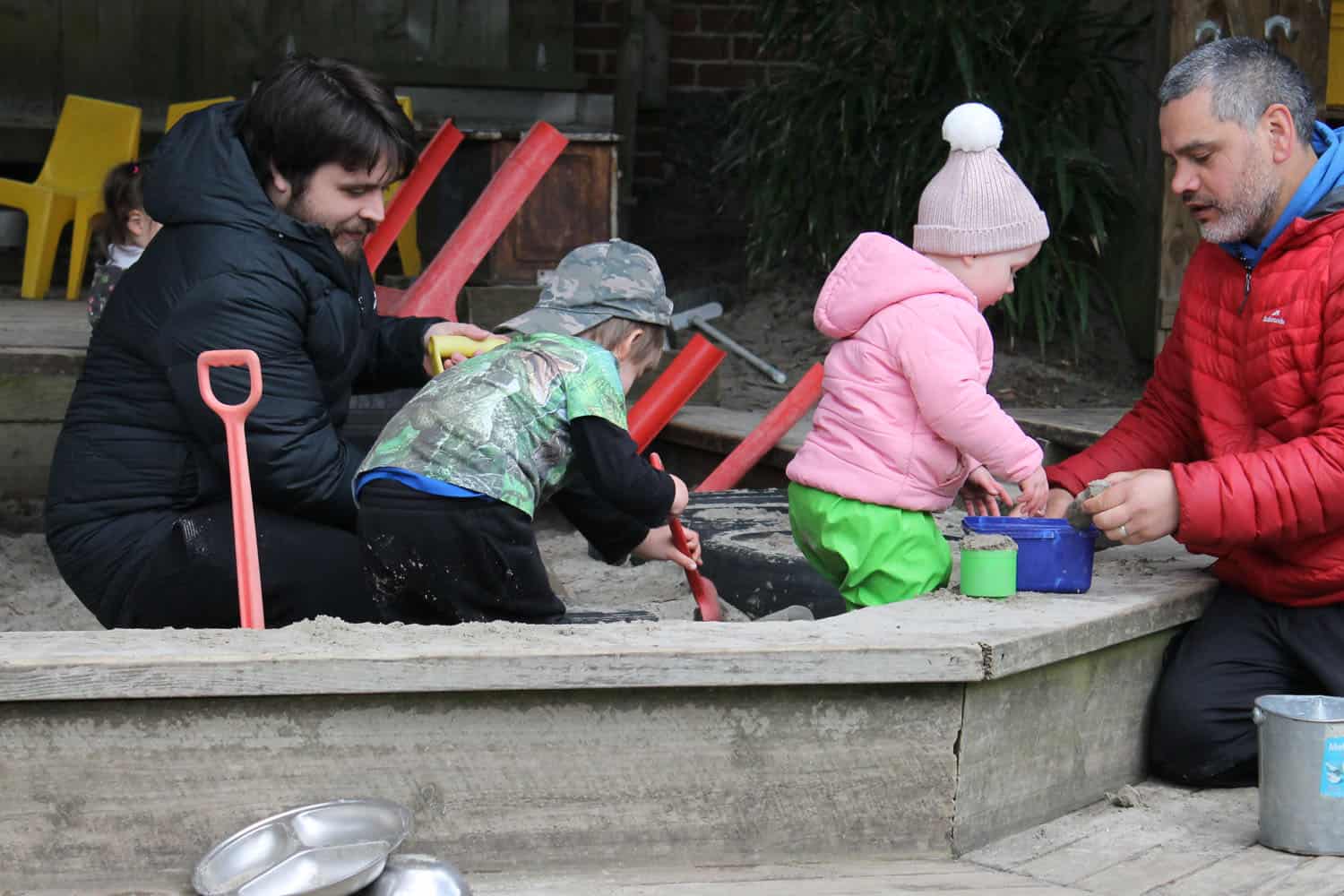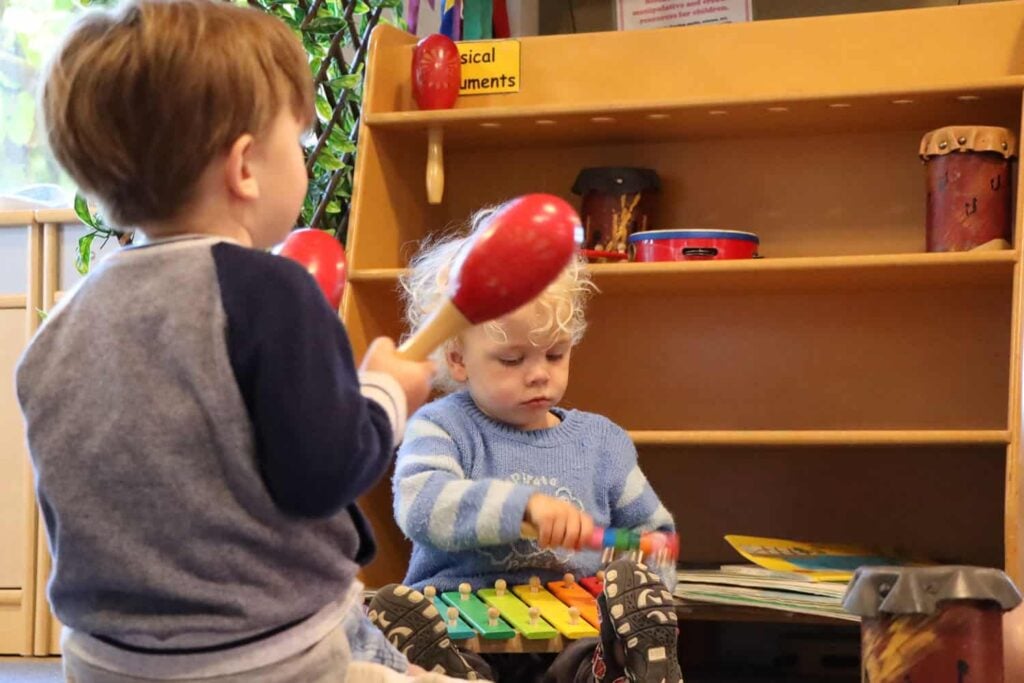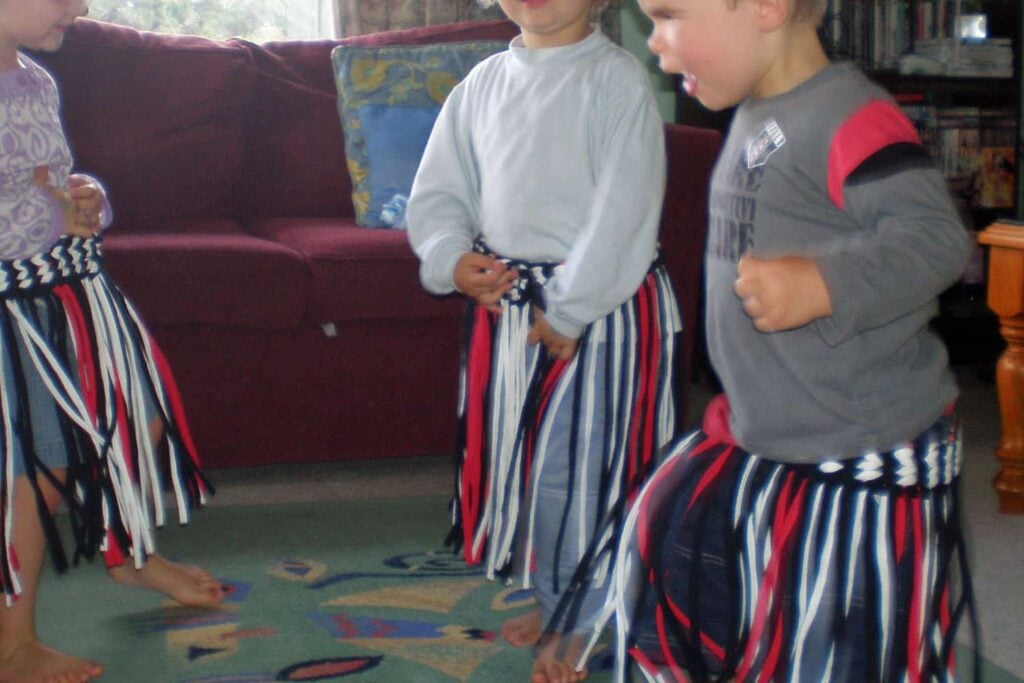Sexism in Early Childhood Education.
By Sarah Alexander, Lance Cablk, Adam Buckingham, David Butler and Russell Ballantyne.
Published in 2006.
Wellington.
This report provides a history of men in early childhood education in NZ and covers key milestones and policy issues. It also feature articles written by four men on their experiences of being male and being involved in early childhood work. The writers point to difficulties in being men in a predominantly female job. They also discuss the rewards of the job and give helpful advice for other male (and female) educators.
The child abuse argument has proven to be a convenient excuse to keep men out of an occupation that has been a site for feminist activism since the 1970s. Over a decade after the Peter Ellis, Christchurch Civic Childcare Centre case, it is time to move on and bring gender diversity into the workforce. But the hands of employers are tied.
The government, through the Ministry of Education and TeachNZ, has taken greater responsibility for recruitment and setting qualification requirements and either because of this, or despite this, the early childhood workforce now stands out as probably the ‘pinkest’ occupation in New Zealand.
For example, in nursing and midwifery male registered nurses now make up 6.5% of the workforce, and around 33% of flight attendants are male. Internationally, NZ has amongst the lowest rate of male participation in early childhood teaching.
So, what can be done to bring and keep more men in early childhood education?
First, debate on including men in early childhood teaching is needed in NZ. The veil of sexism inherent in the profession, due to it being a site for feminist activism since the 1970s and continued promulgation of the idea that men are not safe to work with young children, needs to be lifted and discussed.
Mums and dads and the general public can help by asking questions of the Minister of Education, the Ministry of Education, the teachers’ union, teacher education institutions, and early childhood associations about what they are, and are not, doing to make early childhood teaching more inclusive of men.
Women’s groups, the Ministry of Women’s Affairs and the Human Rights Commission need to consider whether it really is in the best interests of women if nothing is done to bring gender diversity into this very female-intensive profession.
Second, there should be a combined focus on recruitment and retention. To be successful in the long-term this should be well-planned with knowledge of the needs and perspectives of men and the difficulties currently faced by men in the profession informing plans for advertising, recruitment, training and for ensuring optimal work conditions.
To download and print a copy of the report for your personal use only click here Men at Work







